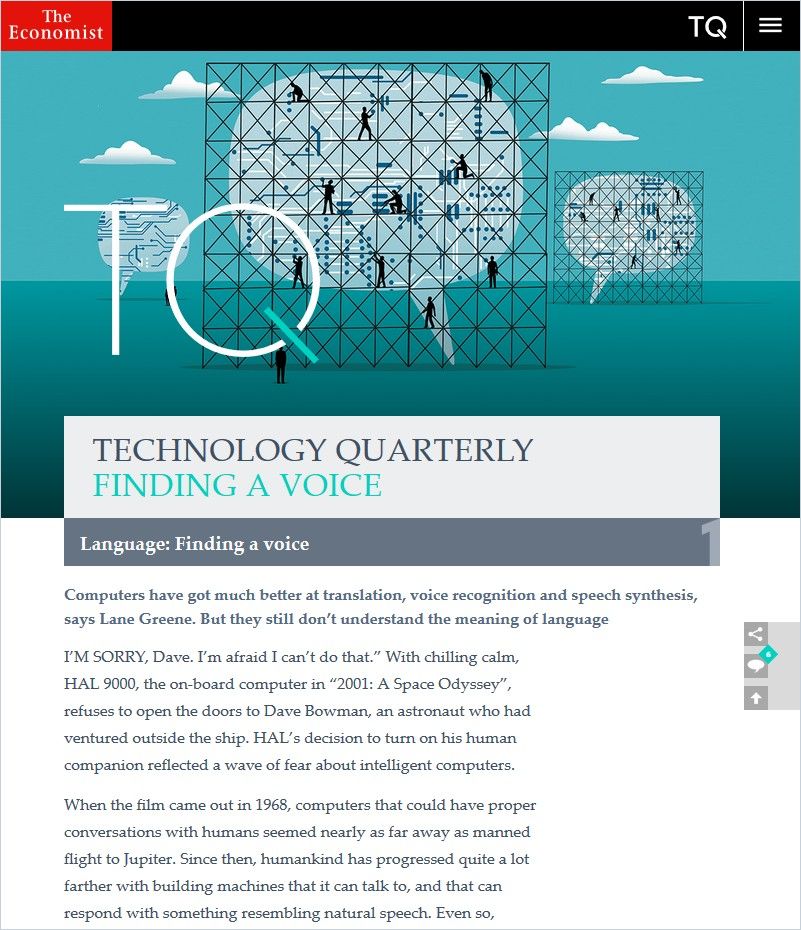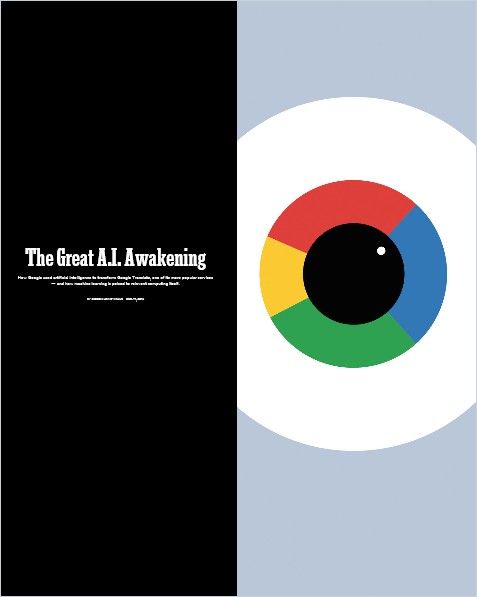All About AI – Part 4: I Hear You

When smart developers anticipate the questions you’ll likely ask your digital assistant, they usually come up with a reasonable answer and pull the right data from Wikipedia or the weather service. But step outside their area of expertise, and you quickly realize their limits.

I Know How You Feel…
…even though I don’t understand a word of what you’re saying. Impressively, AI can be applied in useful ways to analyze human conversations even without comprehending a word of what people are saying (and totally independent of the language used). The company Cogito has developed AI technology that listens in to the conversations between call center employees and customers. The AI doesn’t understand a single word (let alone the meaning of a sentence) but it can make sense of the patterns it detects in the sounds that people make while talking.
There’s a lot of nonlinguistic information present when people talk – voice gestures that indicate whether someone is paying attention, or if they are interested, bored or excited. The AI system takes this information and uses it to help call center employees have less stressful and better conversations with their clients, by providing useful tips and tricks in real time.
Deep in Conversation
Now imagine what AI could do if it mastered Natural Language Processing (NLP). You could have a conversation with your digital assistant, and it would totally get what you’re implying when you said, “I’m hungry.” Like, cook some dinner. Yes, it knows that your fridge is empty, and it just checked the opening hours of the next grocery stores and whether there’s enough time left to send your shopping bot to grab some fresh veggies.
But wait, you may say, will AI readily serve humankind and never realize that it would be better off without those irrational, high-maintenance living (whatever that means) beings? There’s no shortages of books and movies telling stories that don’t end well for us mortal humans (or just for the sake of the sequel).

But isn’t it our decision to design the machines of the future? Don’t we have a choice? Are we ready to use AI for the greater good? We’ll try to answer these questions in Part 5.








